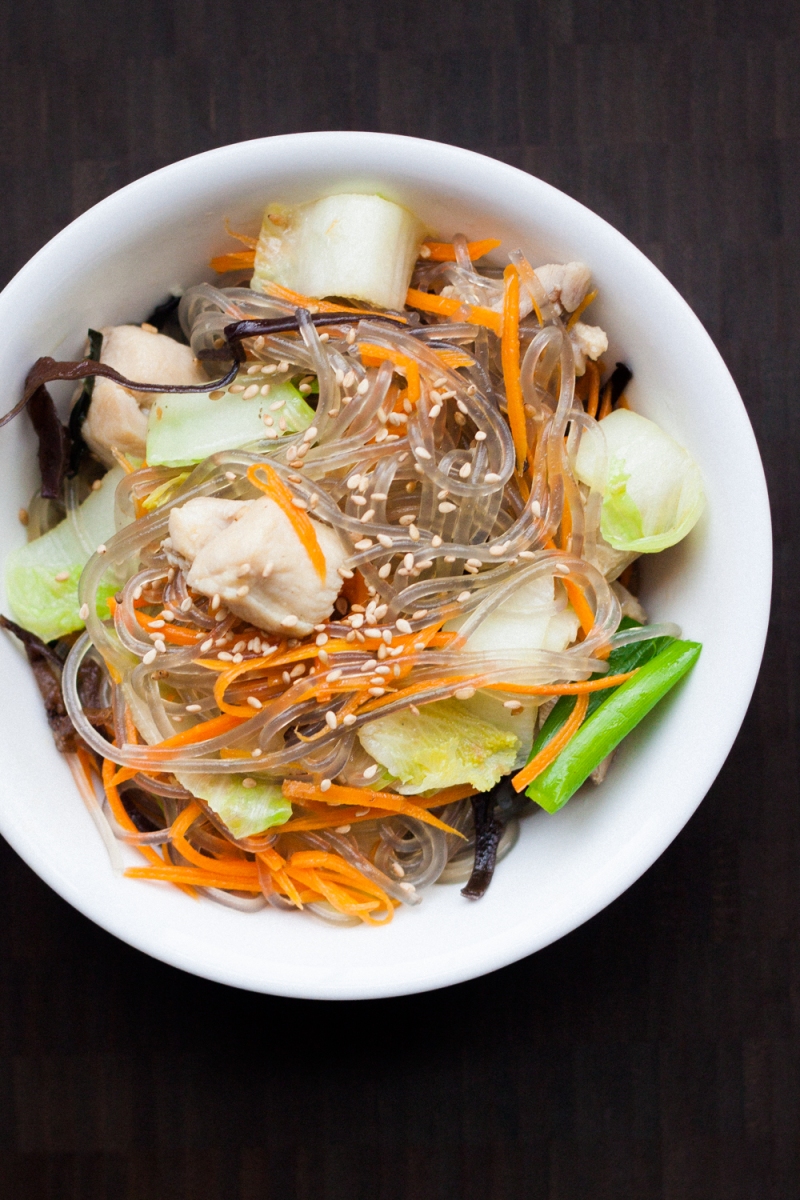
Ikan Bakar is a popular grilled fish dish (say that 3x fast) in Indonesia and Malaysia, usually sold by street vendors. The fish is marinated in sambal – a Southeast Asian chili-based condiment – and grilled over banana leaves. Popular fishes used for the dish include tilapia, skate, snapper, sea bass, or stingray.
While this is a very exotic-sounding dish, it’s surprising that all of the ingredients can be easily found during a trip to your local Asian market. Banana leaves are commonly sold frozen in large sheets for very cheap – usually a dollar will get you as many as 20 leaves. Bear in mind that frozen banana leaves are more brittle than fresh, and don’t hold up to heat as well – so you’ll want to get plenty of them, at least five leaves per fish.




